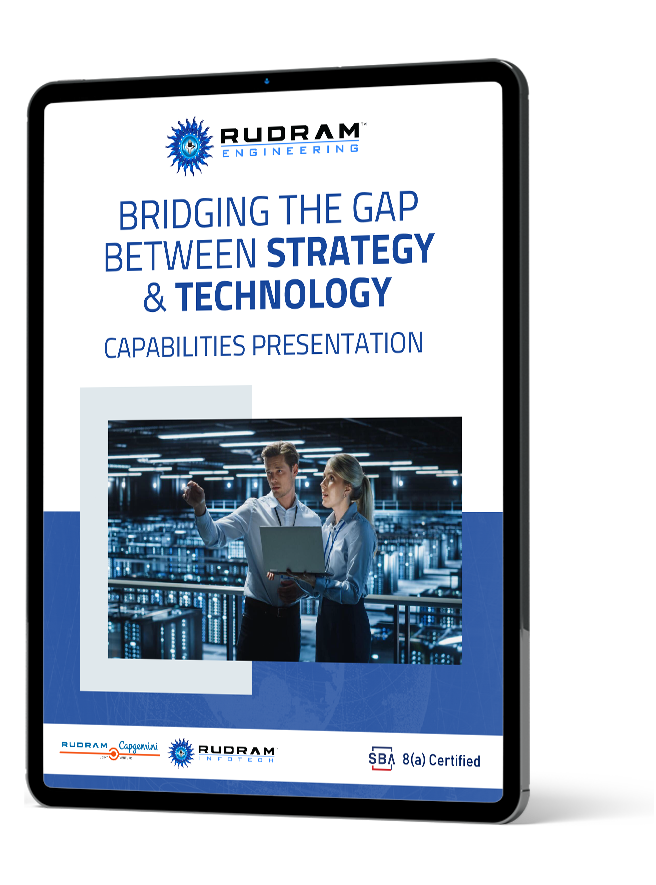Introduction: The Importance of User Experience in Modernized Systems
In today’s digital age, the user experience (UX) has become a critical factor in the success of any system, product, or service. As businesses and organizations increasingly modernize their systems to stay competitive, the focus has shifted towards creating experiences that are not only functional but also intuitive, enjoyable, and user-centric. User-centric design, a methodology that places the user at the heart of the design process, is essential for elevating the user experience in modernized systems. This approach ensures that the end product meets the needs, preferences, and expectations of its users, leading to higher satisfaction, loyalty, and ultimately, success.
Understanding User-Centric Design
User-centric design is a design philosophy that prioritizes the needs, behaviors, and preferences of users throughout the entire design and development process. Unlike traditional design approaches that might prioritize technical feasibility or aesthetic appeal, user-centric design emphasizes usability, accessibility, and relevance to the user’s context.
The process typically involves several key steps:
The Role of User-Centric Design in System Modernization
As organizations modernize their systems—whether it be migrating to cloud-based platforms, integrating AI-driven features, or overhauling legacy systems—user-centric design plays a pivotal role in ensuring these changes are successful. Modernized systems often involve complex transitions that can disrupt user workflows if not carefully managed. By adopting a user-centric approach, organizations can minimize disruptions and create systems that are not only advanced in technology but also easy to use and aligned with user needs.
Key Strategies for Elevating User Experience with User-Centric Design
Case Studies: Successful Implementation of User-Centric Design
Challenges in Implementing User-Centric Design
Despite its many benefits, implementing user-centric design in modernized systems comes with challenges:
The Future of User-Centric Design in System Modernization
The future of user-centric design is intertwined with emerging technologies such as artificial intelligence, machine learning, and the Internet of Things (IoT). These technologies offer new opportunities to create even more personalized and intuitive user experiences. For example, AI-driven chatbots can provide real-time assistance, while IoT devices can create more context-aware interactions.
Moreover, as the pace of technological change accelerates, the principles of user-centric design will become even more crucial. Systems will need to be adaptable, scalable, and capable of evolving with user needs. Organizations that prioritize user-centric design will be better positioned to navigate the complexities of system modernization and deliver solutions that resonate with users.
About Rudram Engineering
Rudram Engineering Inc. (REI) is a well-known pioneer in software systems engineering, recognized for its creative solutions and the latest cutting-edge technologies. By focusing its resources on developing cloud-based technologies, REI further employs the power of DevSecOps to build security into the software development life cycle. The company also adopts Agile software development methodologies to be flexible, effective, and quick in delivering quality software solutions. Rudram Engineering Inc. is a name that epitomizes quality with innovation; it establishes new yardsticks in the industry with solid, scalable solutions that meet the dynamic demands of engineering.
Conclusion: The Path to Superior User Experience
Elevating user experience through user-centric design is not just a trend; it’s a necessity in today’s rapidly evolving digital landscape. As organizations modernize their systems, those that prioritize the user experience will not only meet but exceed user expectations, leading to greater user satisfaction, loyalty, and long-term success. By adopting a user-centric approach, businesses can create modernized systems that are intuitive, accessible, and truly aligned with the needs of their users, ensuring that they remain competitive in a fast-changing world.
